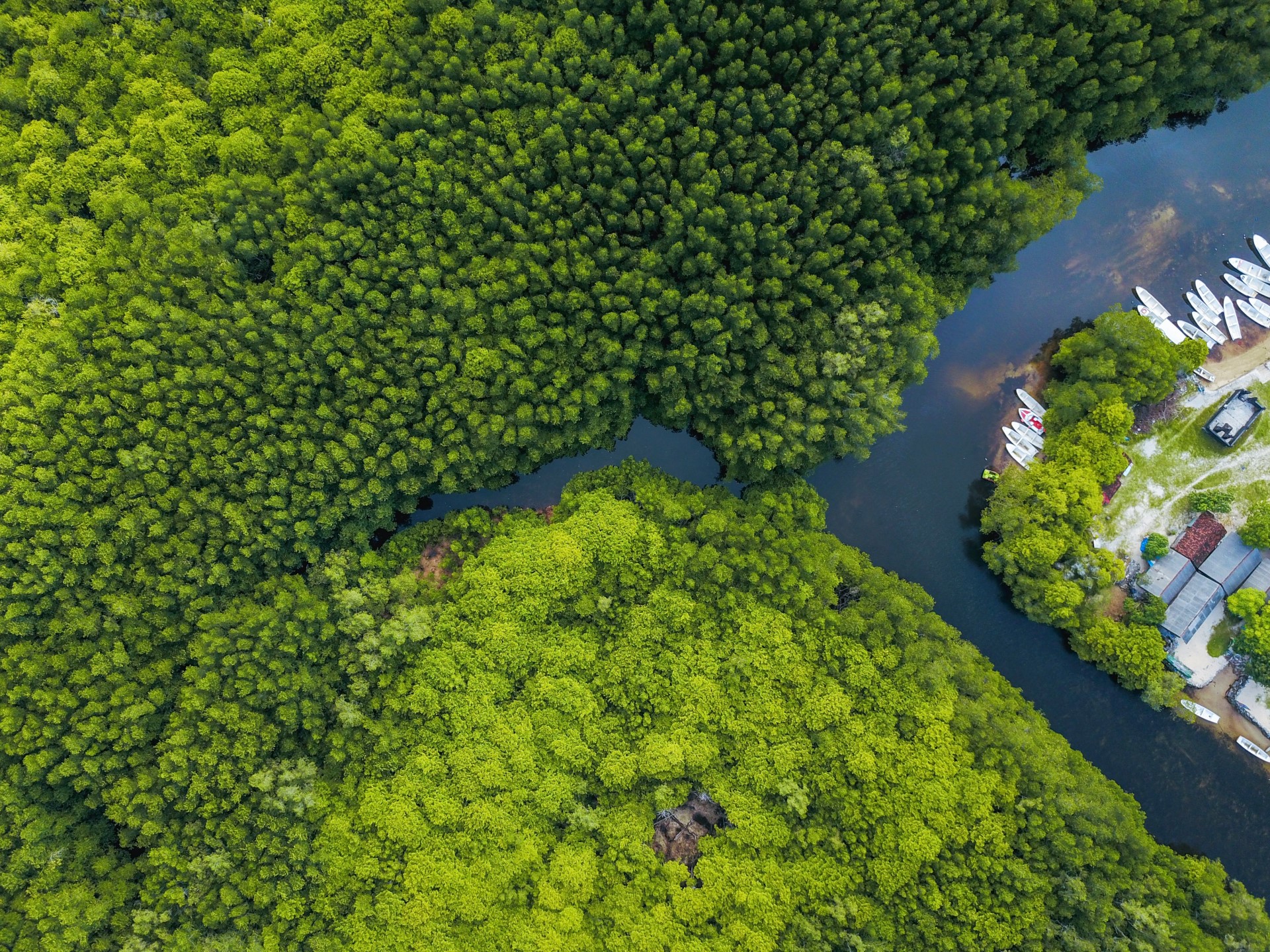
While sustainability and resilience should mean the same thing in urban ecological design, they too often do not – leading to misunderstandings that work against both.
The word “sustainability” conjures up everything from reusable grocery bags to solar panels to biofuel to green roofs … but how many of us actually use the word correctly in reference to any particular system?
Moreover, how many of us ensure, when we use it, that we’re actually contributing to the overall resiliency of the system in question?
We recently had a chance to speak with the inimitable Keith Bowers, president of Biohabitats and a renowned landscape architect and restoration ecologist. One of his most interesting ideas, in our humble opinion, is that resilience and sustainability should amount to the same thing, but too often they do not.
The question is, where did this divide come from, and what can we do to heal it for the sake of understanding urban ecology and creating meaningful programs to foster it in cities?

Sustainability and Resiliency: Some Definitions
This topic is not a new one.
Almost 25 years ago, scientists argued that resiliency and sustainability aren't the same thing, but that each needs proper placement in its own ecological context to achieve the other.
According to the Beijer International Institute of Ecological Economics, the definitions were as follows:
Resilience: “The magnitude of disturbance that can be absorbed before a system changes its structure by changing the variables and processes that control behavior. Therefore, resilience is the ability of a system to absorb perturbations.”
Sustainability: “Sustainability implies not challenging ecological thresholds on temporal and spatial scales that will negatively affect ecological services and human welfare.”
In other words, one relates to disturbance absorption and the other to avoiding the creation of those disturbances in the first place. To some, it might seem as though you can either choose not to impact a system or to create a system that can handle impacts.
Not so.
 Sustainability, Properly Applied, Leads to Resiliency
Sustainability, Properly Applied, Leads to Resiliency
Sustainability and resiliency are neither the same thing nor mutually exclusive. Instead, one leads to another.
The way to bridge the gap between these two concepts is to approach each system from the goal of achieving sustainability, which will in turn engender resiliency naturally.
According to Bowers, if we seek to create systems that do not surpass the carrying capacity of Earth, we in turn stabilize the cultural and economic systems that, when out of balance, can undermine ecology.
Sustainable systems – those that can maintain at their current levels of resource consumption over time and will maintain without resorting to stopgap measures (ex. building seawalls or gray infrastructure to hold back floods or sea level rise, says Bowers) – will naturally result in resilience.
That is to say, when such systems are disturbed, which they inevitably will be, they have the resources and inborn balance to rebound.
What Does This Have to Do with Urban Ecology?
Urban ecology is a discipline that seeks to create harmony as well, in this case between humans, man-made infrastructure, plants, animals, microbiota, waterways and other natural systems.
By creating green infrastructure systems that can maintain over time (sustainable), we can also create those that weather change (resilient), leading to healthier and more stable cities and living beings overall.
Want to find out more about how to create such systems in your little corner of the urban or rural environment? Feel free to contact Ecogardens today.

